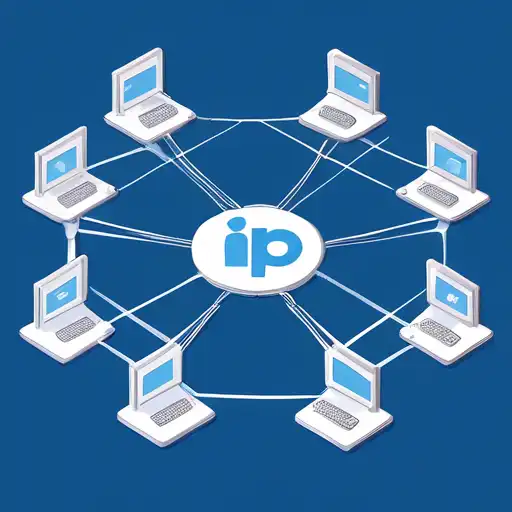Introduction to IP Addresses
In the digital world, an IP (Internet Protocol) address is akin to a home address for your device, allowing it to communicate with other devices on a network. Understanding IP addresses is fundamental for anyone looking to grasp the basics of networking. This guide will walk you through the essentials of IP addresses, their types, and how they function within networks.
What is an IP Address?
An IP address is a unique identifier assigned to each device connected to a network that uses the Internet Protocol for communication. It serves two main functions: identifying the host or network interface and providing the location of the host in the network.
Types of IP Addresses
There are two primary versions of IP addresses in use today:
- IPv4 (Internet Protocol version 4): The most widely used version, consisting of four sets of numbers separated by dots (e.g., 192.168.1.1).
- IPv6 (Internet Protocol version 6): Developed to deal with the exhaustion of IPv4 addresses, it uses eight groups of four hexadecimal digits separated by colons (e.g., 2001:0db8:85a3:0000:0000:8a2e:0370:7334).
How IP Addresses Work
IP addresses are assigned to devices either dynamically by a DHCP (Dynamic Host Configuration Protocol) server or statically by a network administrator. When you visit a website, your device uses the website's IP address to locate and retrieve the site's data.
Public vs. Private IP Addresses
Understanding the difference between public and private IP addresses is crucial:
- Public IP Addresses: Assigned by your ISP (Internet Service Provider), these are used on the wider internet.
- Private IP Addresses: Used within a private network, these addresses are not routed on the internet.
Why IP Addresses Matter
IP addresses are the backbone of internet and network communication. They enable devices to find and communicate with each other, making them essential for browsing the web, sending emails, and accessing online services.
Securing Your IP Address
While IP addresses are necessary for communication, they can also be exploited by malicious actors. Using VPNs (Virtual Private Networks) and firewalls can help protect your IP address from unauthorized access.
Conclusion
IP addresses are a fundamental aspect of networking, enabling devices to communicate over the internet and private networks. By understanding the basics of IP addresses, you can better navigate the digital world and implement measures to protect your online privacy. For more networking basics, check out our guide on Networking Fundamentals.
